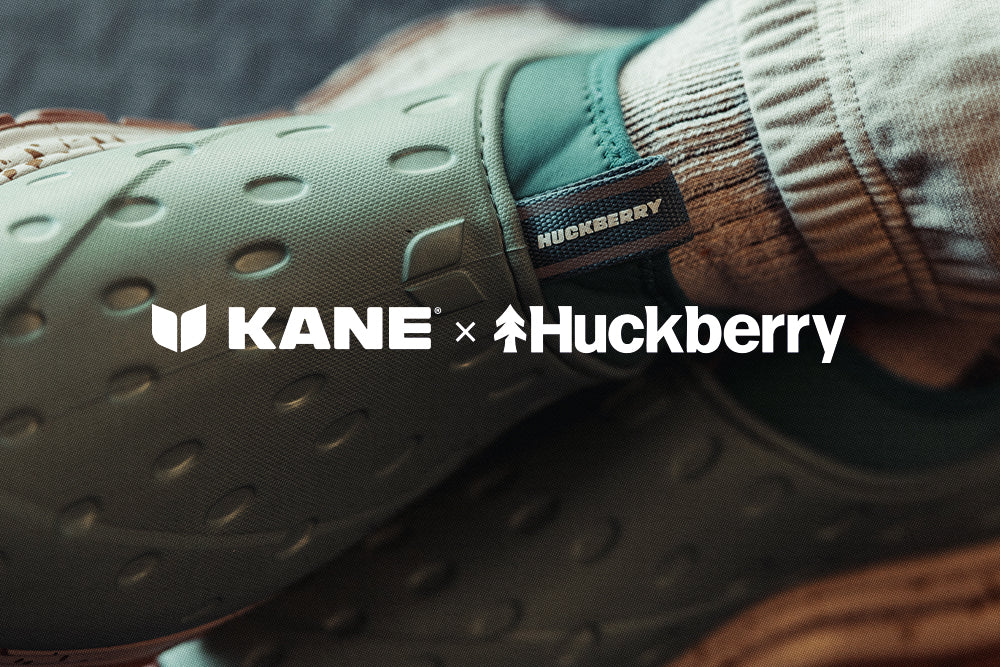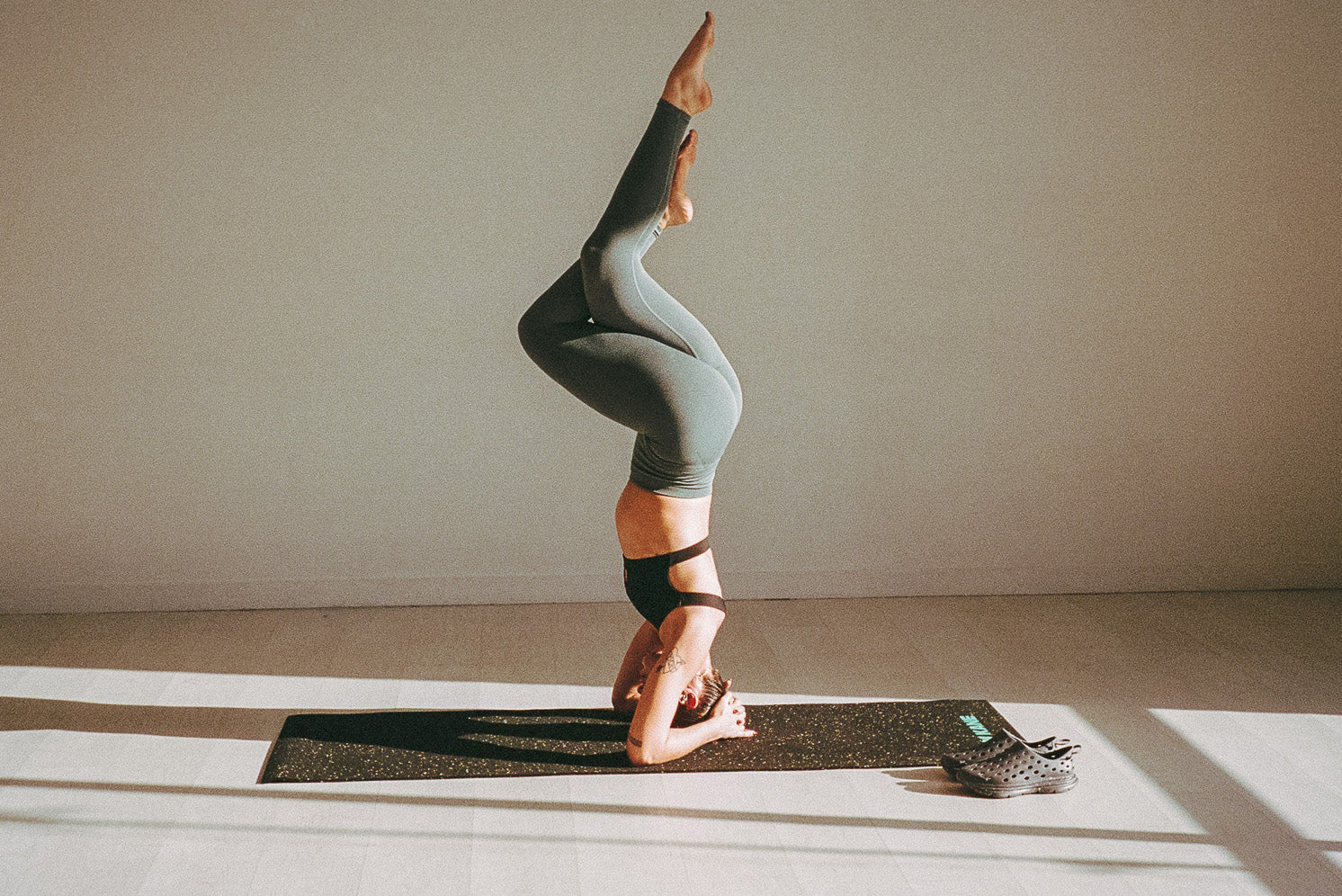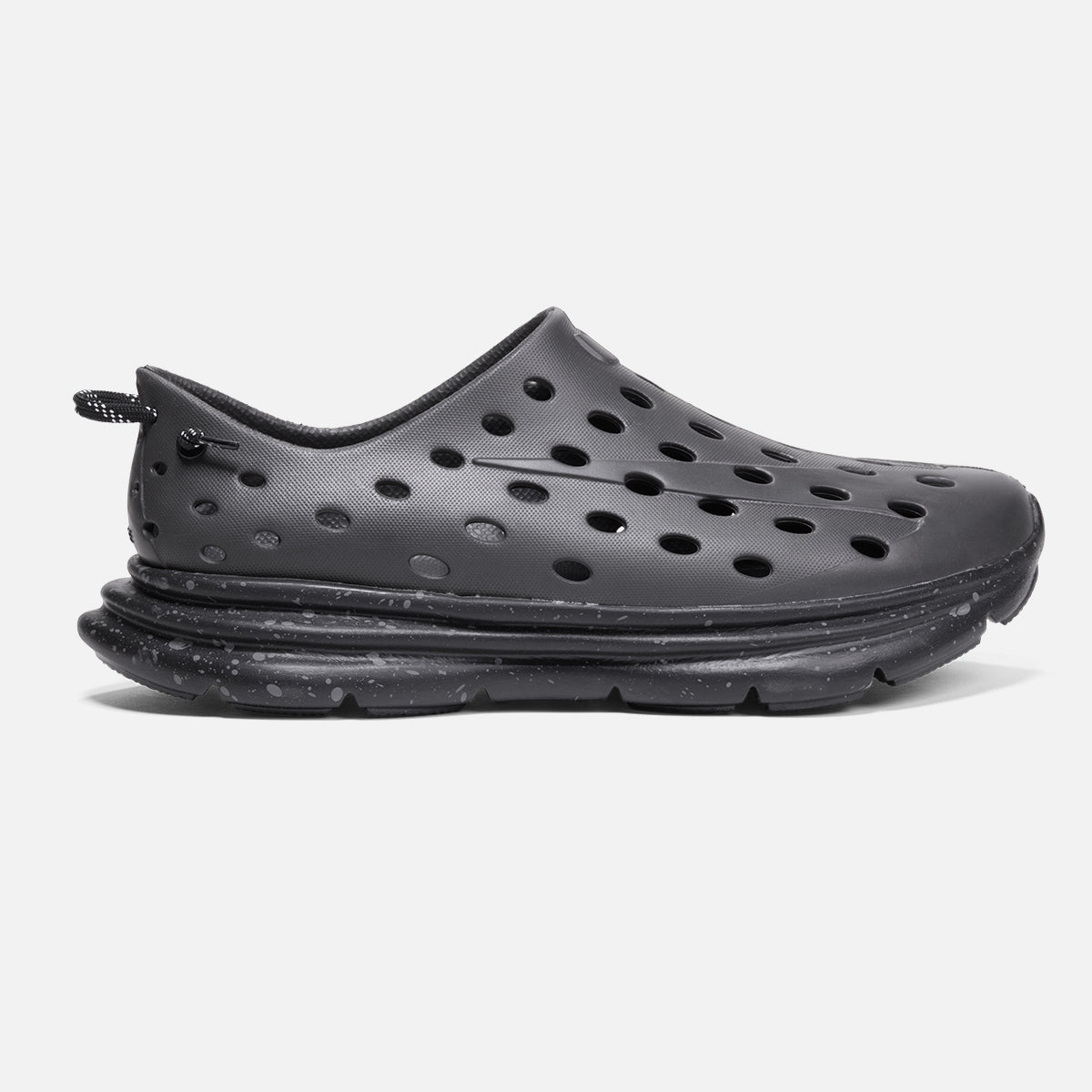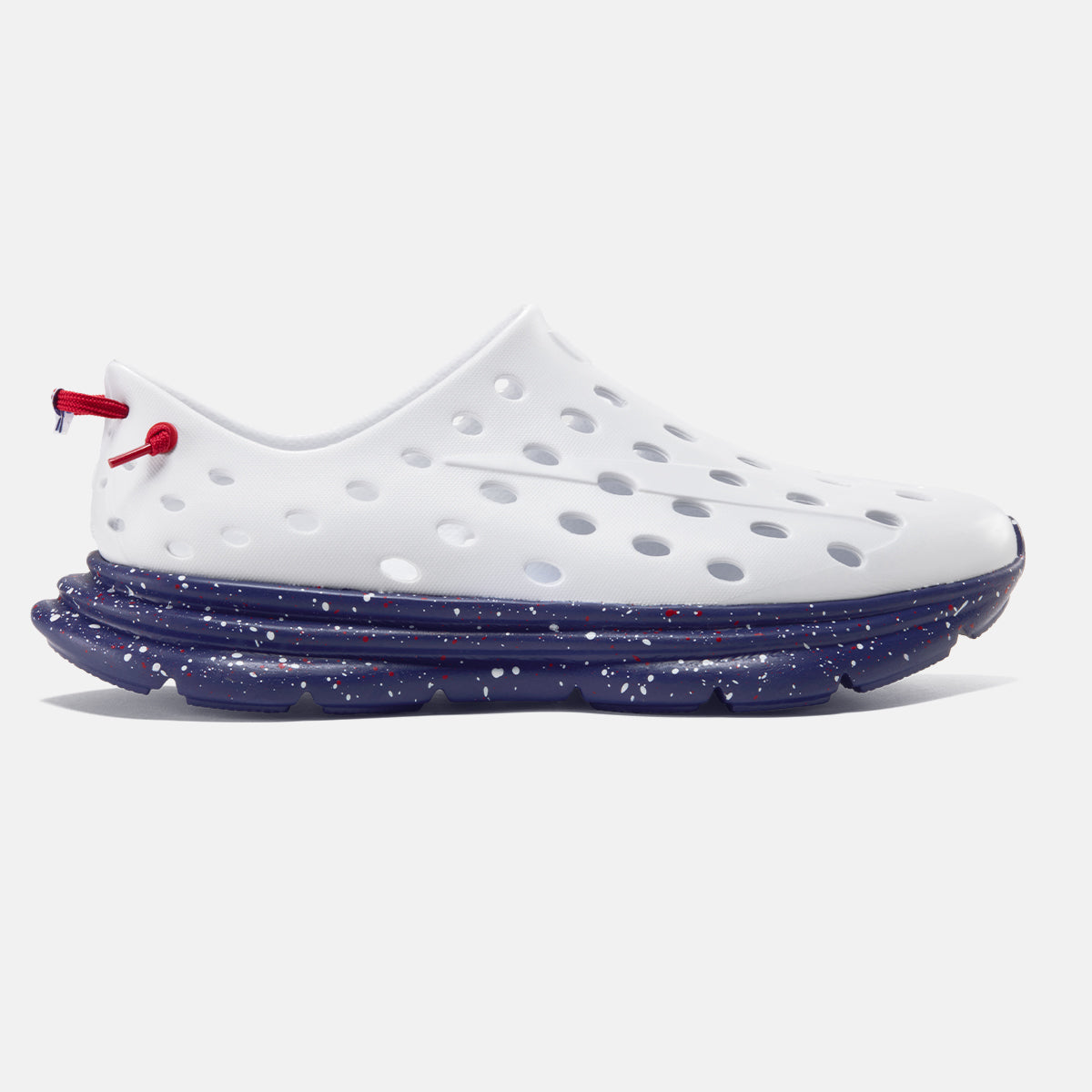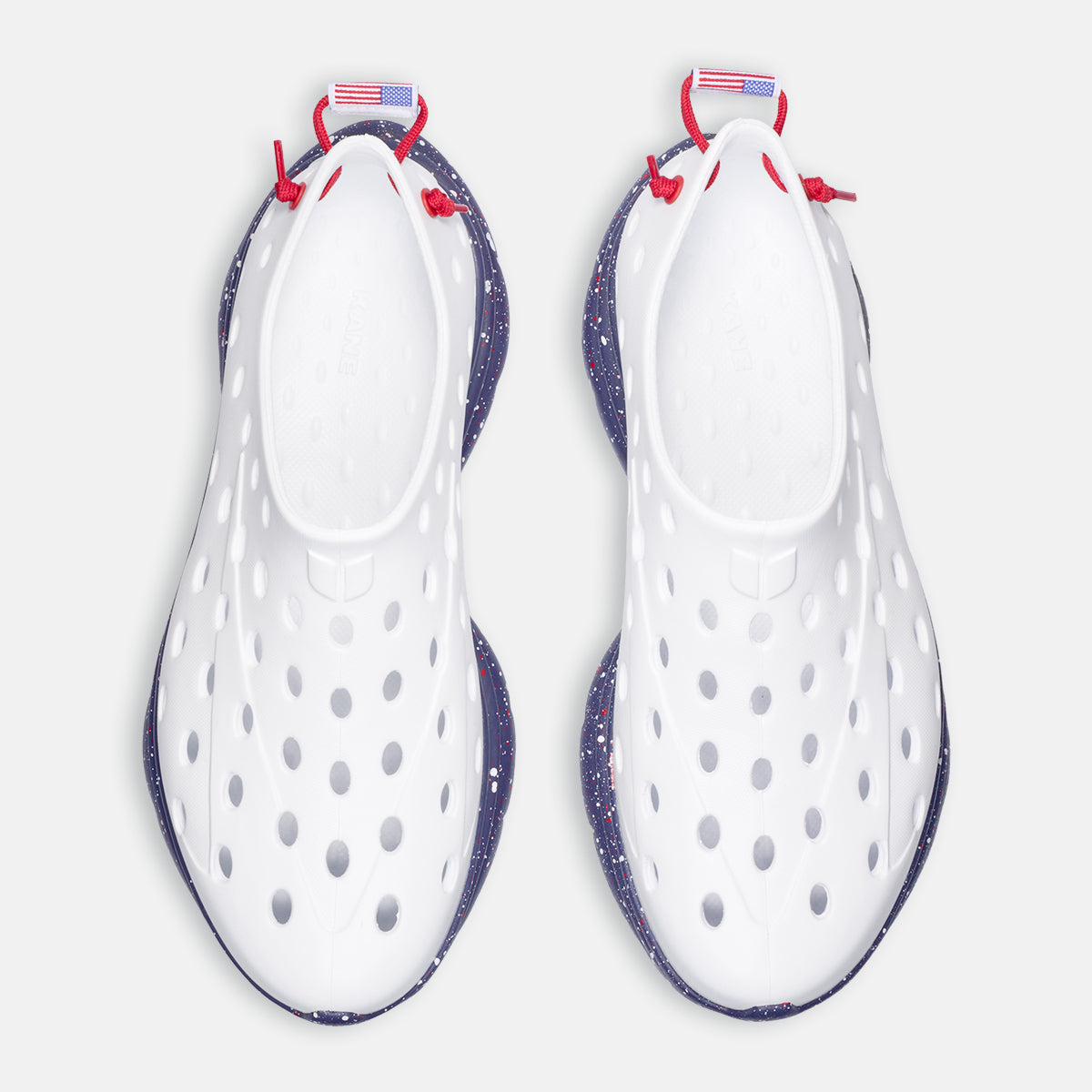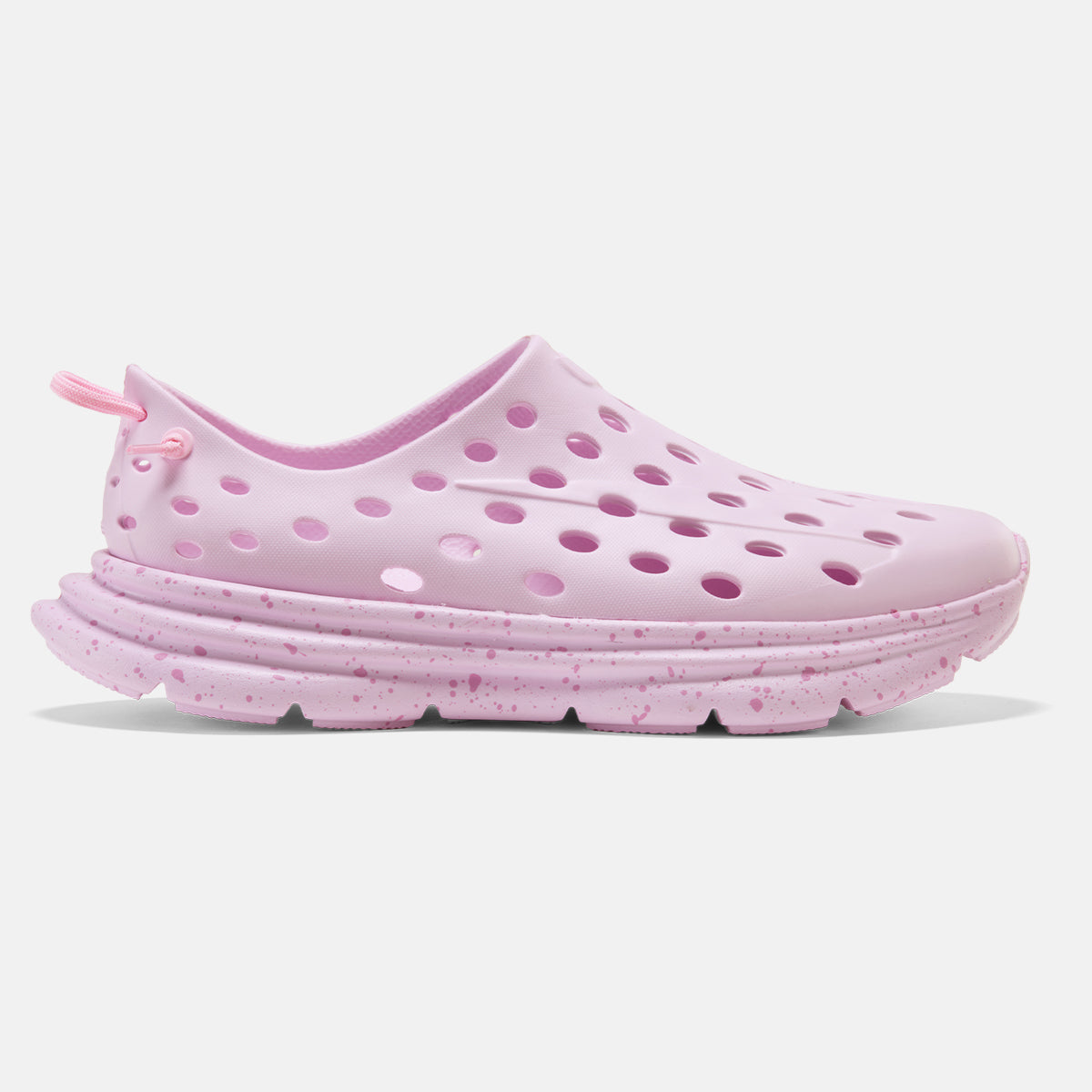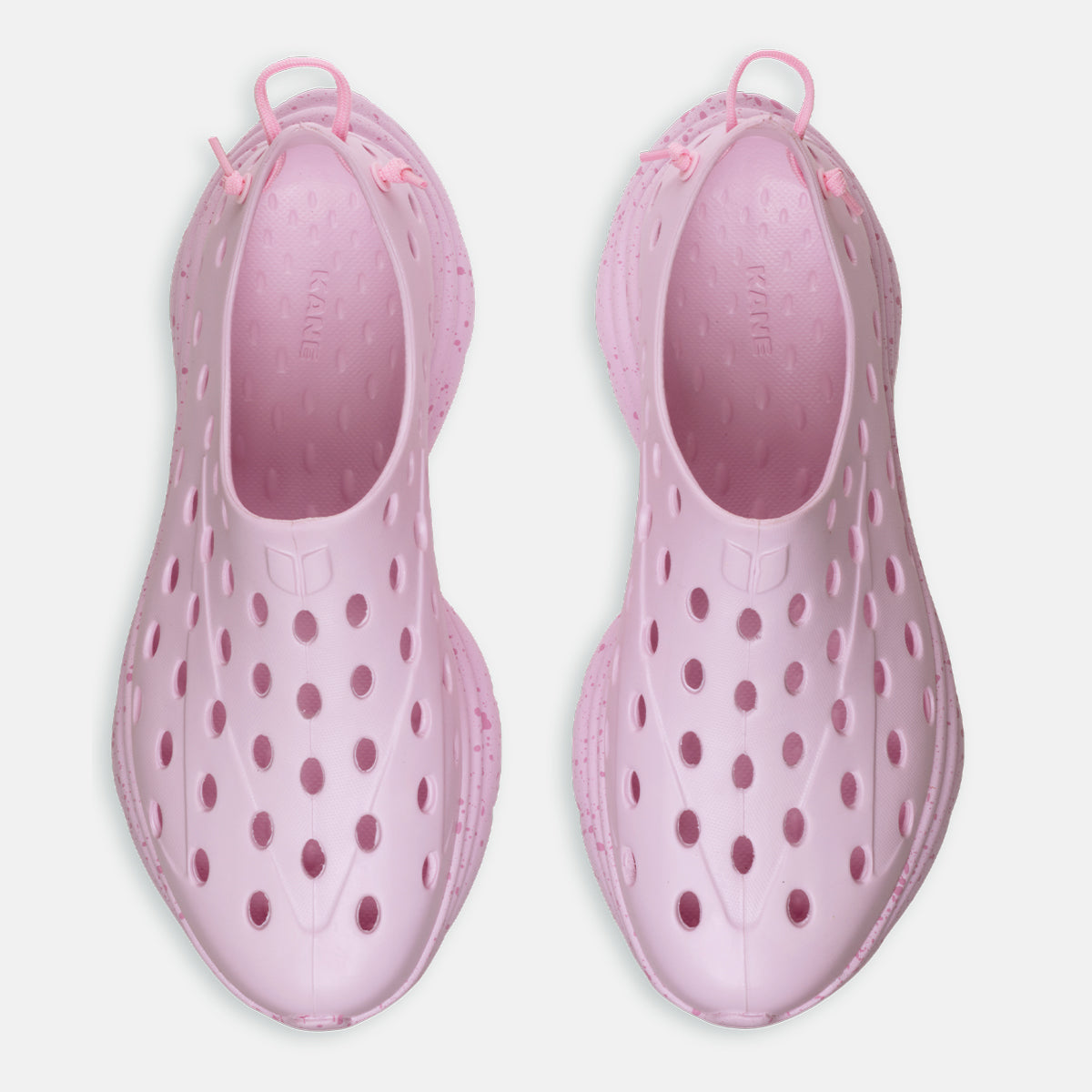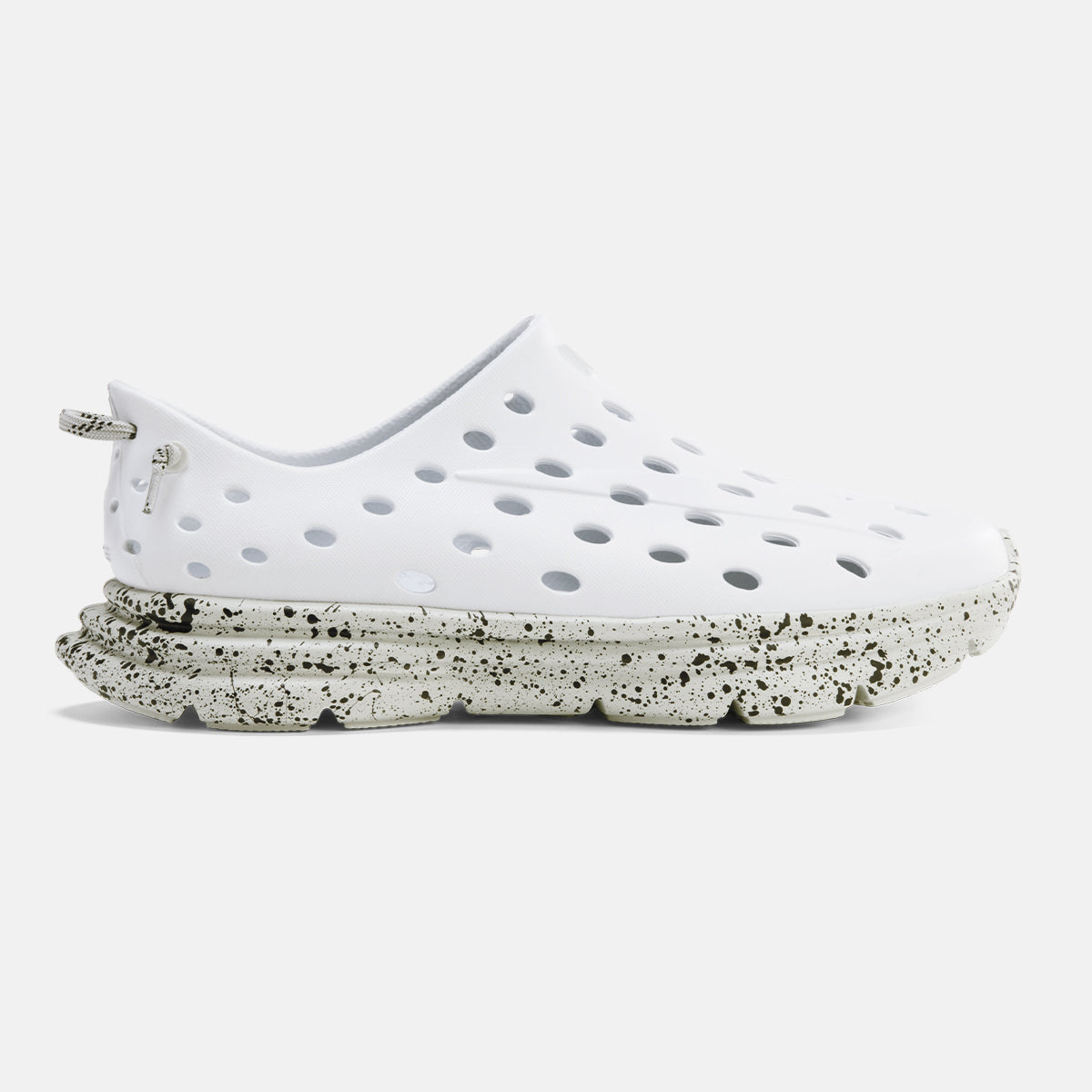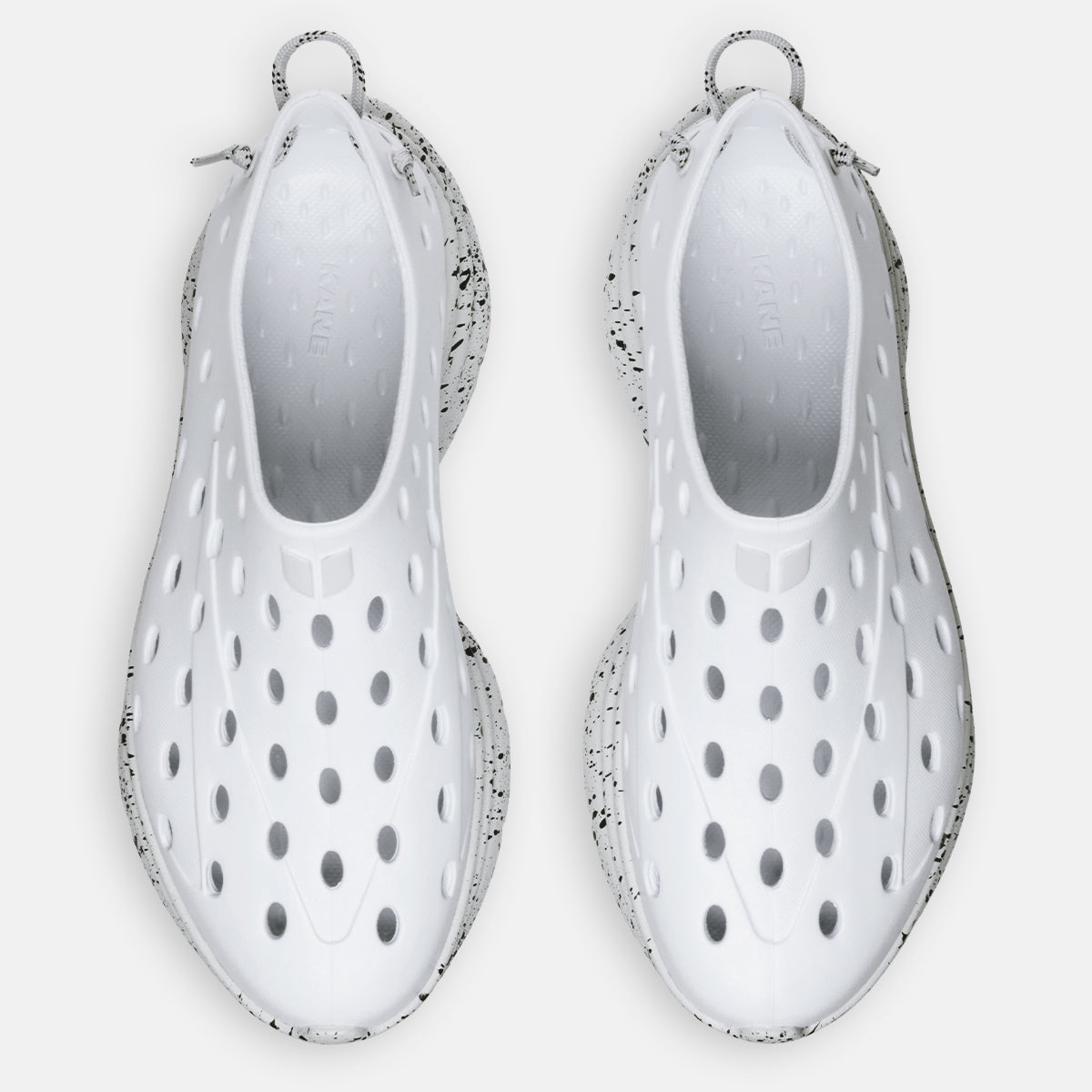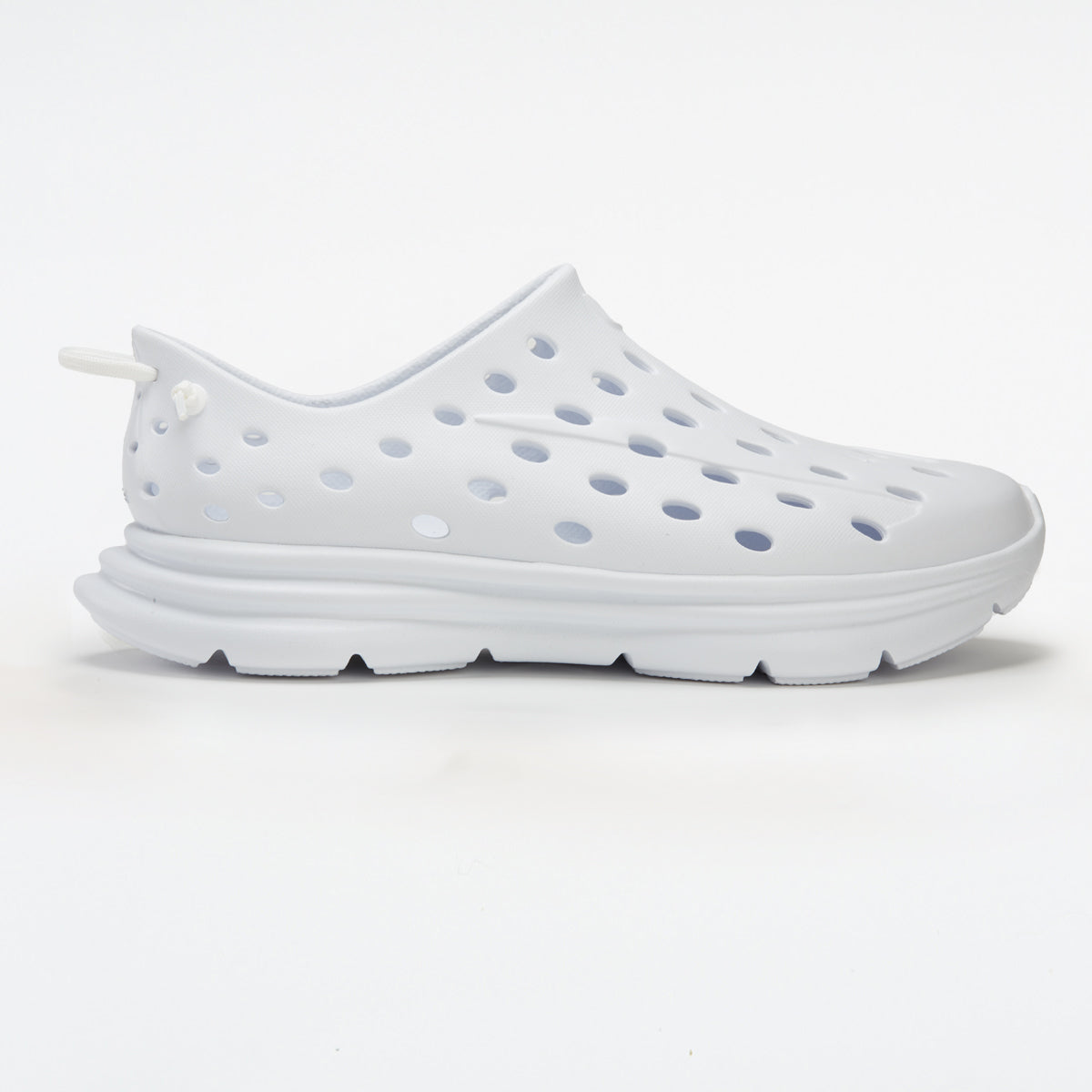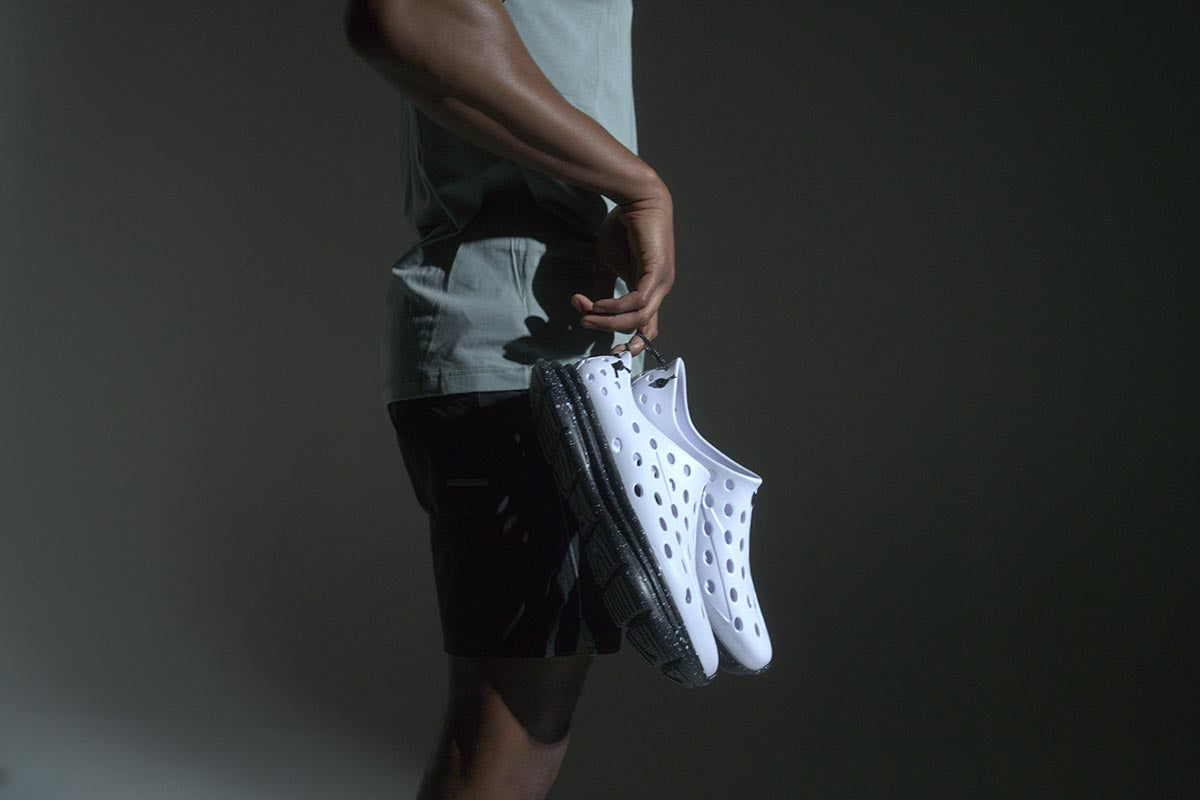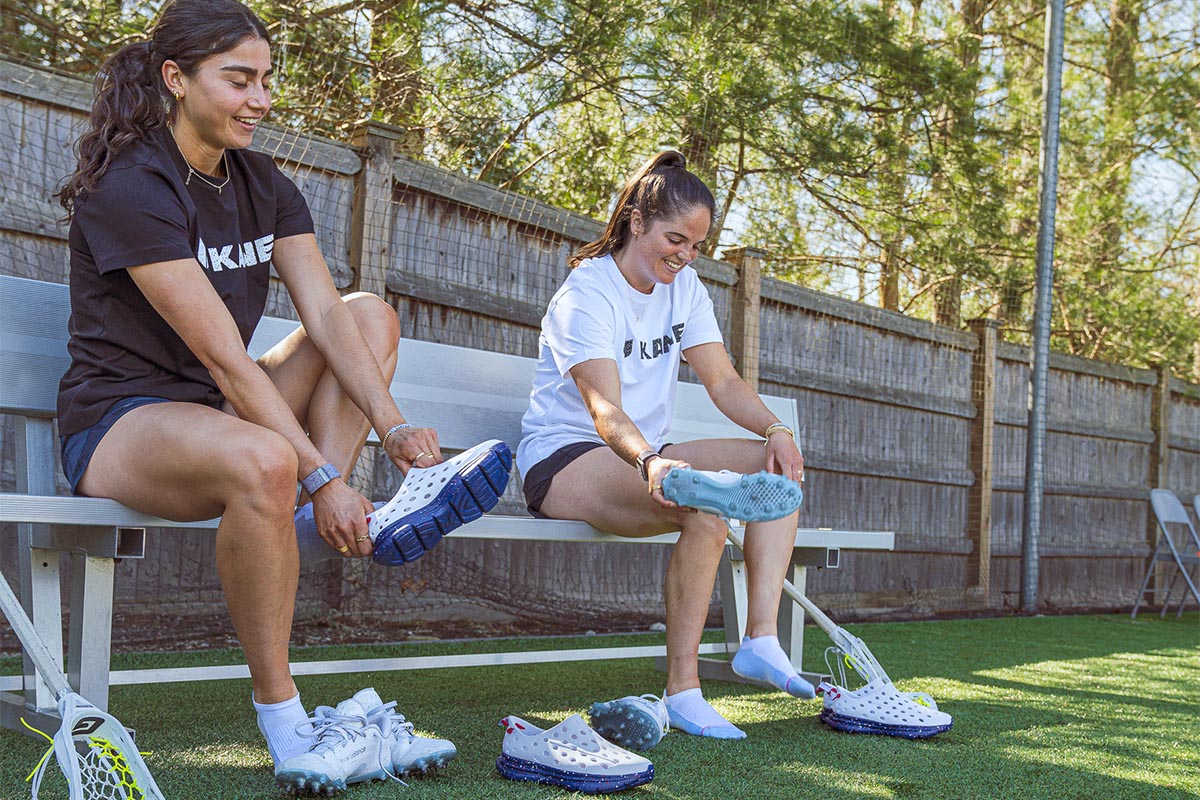Is EVA footwear safe? If you've ever slipped into a pair of these lightweight, cushiony marvels, you might have wondered just that.
Versatile and comfortable, EVA (ethylene-vinyl acetate) foam has become an increasingly popular material for shoe soles and midsoles. However, as the use of EVA in footwear has grown, so have concerns about its potential health and safety risks.
From questions about chemical exposure to worries about durability and traction, many people are wondering: Are EVA shoes truly safe to wear? This comprehensive guide dives into the science behind EVA footwear. Whether you're a devoted fan or a curious newcomer, discover everything you need to know about the safety of these popular footwear choices.
Understanding EVA foam
EVA is a type of plastic, specifically a copolymer, that combines the properties of both rubber and plastic. It has significantly impacted the shoe industry, particularly in the design and construction of shoe soles.
EVA is a versatile and widely used material. Shoemakers prize it for being light, flexible, and shock-absorbant. While it offers many benefits, including comfort and cost-effectiveness, it has potential drawbacks, including grip limitations on slippery surfaces.
Understanding the role of EVA in footwear allows you to make more informed choices and appreciate the technology behind your favorite pair.
EVA foam safety considerations
EVA footwear is safe, but there are a few important factors to consider:
- Safety standards: Many manufacturers design EVA shoes to meet applicable safety standards like ASTM F2413, ensuring protection against workplace hazards such as impacts, compression, and slips. These standards help establish a baseline of safety for these shoes.
- Non-toxic material: EVA is a non-toxic polymer material widely used in consumer products. When properly manufactured by reputable brands, it does not pose inherent health risks.
- Potential chemical exposure: While low, there are some concerns around potential exposure to manufacturing additives like formamide (a carcinogen) or acetophenone if manufacturers use improper controls. However, reputable brands take steps to minimize these risks.
- Off-gassing: New EVA shoes can off-gas volatile organic compounds (VOCs), potentially causing temporary respiratory irritation for some individuals. However, this off-gassing tapers off rapidly and is not considered dangerous.
- Durability: Over time and with heavy use, the air bubbles in EVA foam can compress, leading to reduced support. This compression may impact long-term performance for high-stress applications.
Overall, EVA shoes from established brands that meet safety standards are safe for most people's everyday use. However, depending on your circumstances, you may want to consider potential allergies, off-gassing concerns, and long-term durability.
Use of EVA in shoes
Featherlight ethylene-vinyl acetate contributes to overall comfort, reducing the fatigue associated with prolonged wear or long days spent on your feet. Its flexibility allows for natural foot movement, enhancing comfort during every step.
One of the standout features of EVA is its excellent shock absorption capability. This makes it particularly valuable in athletic footwear, where it helps to protect joints and muscles from the impact of repetitive motion.
Despite its softness and flexibility, EVA is also sturdy and resistant to cracking, ensuring that footwear maintains its shape and performance over time. Its inherent water resistance makes it an excellent material for athletic and outdoor footwear you expect to wear in wet conditions.
The material is commonly used in shoe midsoles, providing the padding and support needed for comfort and performance. It is also used in insoles and footbeds, offering a supportive base for the foot. Shoemakers sometimes use EVA in outsoles—often combined with more abrasion-resistant materials to enhance durability.
Benefits of EVA foam in shoe soles
A combination of airiness, durability, and versatility make this foam an excellent choice for various footwear, particularly those designed for comfort and athletic performance.
Here are eight advantages of using this versatile material in footwear:
1. Cushioning
EVA is renowned for its excellent shock-absorbing properties, making it ideal for foam midsoles for runners, athletic footwear, and hiking boots. Its properties reduce the strain on the feet during high-impact activities and minimize the risk of injuries.
2. Lightweight
EVA foam is significantly lighter than traditional materials like rubber, reducing the shoe's overall weight. This lightness minimizes fatigue during long days on your feet or strenuous physical activities.
3. Energy return
Ethylene-vinyl acetate foam has good energy return characteristics, meaning it can bounce back to its original shape after being compressed. This quality provides a responsive and energetic feel during activities like running.
4. Comfort and conformity
EVA foam's softness and flexibility allow it to conform to the foot's shape, providing a comfortable and customized fit. This quality makes it suitable for use in insoles and footbeds.
5. Durability and weather resistance
While not as heavy-duty as natural rubber, EVA foam is sturdy and exhibits excellent stress-crack resistance. It's highly resistant to environmental factors like water and UV rays, extending the shoe's lifespan.
6. Versatility and customizability
Manufacturers across industries can customize ethylene-vinyl acetate foam's density, hardness, and color, making it adaptable for various types of footwear, from casual sandals to high-performance recovery shoes.
7. Cost-effectiveness
EVA foam is relatively cost-effective compared to other specialized materials, making it an affordable choice for shoe manufacturers and consumers alike.
8. Waterproof and moisture resistance
Due to its closed-cell structure, EVA foam is waterproof and moisture-resistant, making it suitable for outdoor and water-related activities.
Types of footwear using EVA
EVA is a commonly used material in various types of footwear because of its comfort, flexibility, and lightness.
Athletic footwear, such as running and cross-training sneakers, often features EVA midsoles. Casual styles, such as everyday kicks and slip-ons, benefit from its comfort and support.
Prized for being a flexible material, EVA is also common in sandals, flip-flops, and work and safety boots, providing a comfortable, hard-wearing footbed. Recovery shoes like Kane's also use it in a durable injected EVA outsole. Overall, EVA's versatility makes it popular across different shoe categories.
Here are some styles of footwear that incorporate EVA soles:
- Athletic shoes: Runners often feature EVA midsoles for extra support during high-impact activities. The cushioning helps reduce stress on the feet, ankles, and joints. Cross-training and gym shoes use EVA for its responsive comfort and flexibility, allowing natural foot movement during workouts. Basketball shoes employ EVA to provide comfort, structural integrity, and support during quick movements and jumps on the court.
- Casual shoes: Everyday kicks and slip-ons frequently have EVA footbeds or midsoles for featherlight comfort and support. Sandals and flip-flops also commonly use EVA footbeds because they are moldable and allow them to conform to the foot's shape.
- Work and safety shoes: Work boots and safety shoes often incorporate an EVA midsole or footbed to cushion and support those who spend long hours on their feet.
- Recovery shoes: Footwear specifically designed for post-workout recovery, like our Kane Revive Active Recovery Shoe, uses EVA in the outsoles for comfort and support during recovery.
- Children's shoes: EVA's feather-light weight makes it a popular choice for children, helping protect growing feet from impact.
EVA's versatility lends to its use in various shoe styles, from athletic footwear requiring high-performance comfort to safety boots where support matters. Its moldability also enables manufacturers to create unique sole patterns and textures tailored for specific activities or terrain.
Discover Kane Recovery Shoes!
Step into our Kane Revive Active Recovery Shoe, and you’ll never turn back. Our slip-resistant shoes give you the breathability you need and the comfort you deserve.
Kane's recovery shoes provide excellent support, comfort, and durability for those needing top-notch recuperative footwear. Featuring an adjustable hook-and-loop single-strap synthetic upper, plush TPR footbed, and durable injected EVA outsole, these kicks come with all the right features to assist you during your rehabilitation journey.
Aside from providing quality products, they are also committed to sustainability, having made plans to become a B Corp while dedicating 1% of their overall profits towards environmental charities.
When and how to wear Kane Revive
The best moment to wear most recovery shoes is directly after a strenuous activity such as running or exercising. This helps minimize inflammation and launch the healing process. To guarantee maximum comfort and effective recuperation, make sure that you are wearing your recovery footwear correctly by tying up laces securely for a snug fit.
Frequently asked questions about EVA foam safety
Is EVA foam footwear safe to wear?
EVA foam footwear offers excellent comfort, making it a popular choice for many. Its lightweight and cushioned properties reduce foot fatigue and impact on joints. Experts consider footwear from established brands that undergo the most thorough testing and meet applicable standards to be safe. However, some individuals may experience skin irritation or allergic reactions due to the chemicals used in EVA production.
Additionally, while EVA provides good cushioning, it may lack adequate arch support for those with specific foot conditions. Overall, EVA foam footwear is a reliable and comfortable option for most.
What are the disadvantages of ethylene-vinyl acetate footwear?
While shoemakers and wearers praise EVA footwear for its comfort and lightweight structure, there are some potential disadvantages to consider:
- Lack of traction: EVA soles can be less grippy than other substances like rubber, providing less traction on slippery surfaces. (Stay vigilant when walking on wet or slippery terrain.)
- Compression and loss of cushioning: Over time, the air bubbles within the EVA foam that provide cushioning start to degrade and compress, causing the shoe's initial cushioning to be lost.
- Shorter lifespan: EVA breaks down and compresses quicker than a substance like rubber or leather. If you wear them regularly, you may need to replace them more often.
- Heat sensitivity: EVA is sensitive to high temperatures, and prolonged heat exposure can cause deformation and loss of structural integrity.
- Limited breathability: While making it softer than many other materials, EVA's closed-cell structure limits airflow and breathability, potentially leading to sweatier feet compared to more breathable materials.
While lightweight and soft with good cushioning, EVA's relatively short lifespan and compression over time are drawbacks compared to longer-lasting rubber or leather soles. Depending on your needs and preferences, consider the lack of traction, heat sensitivity, and breathability.
Is EVA safe for feet?
Yes, EVA foam is safe for use in footwear and soles. EVA stands as a popular choice for a wide range of consumer products, including footwear. When properly manufactured, it does not pose inherent health risks.
Reputable manufacturers design EVA footwear to meet applicable safety standards, such as ASTM F2413 for protective toe caps and slip resistance. These features help ensure protection against workplace hazards.
While there are some concerns around potential chemical exposure from manufacturing additives, reputable brands take steps to minimize this risk. The off-gassing typically diminishes over time.
The lightweight, supportive nature of EVA provides good cushioning and impact protection for the feet, helping to reduce strain and fatigue.
Are EVA foam materials safe?
Yes, EVA foam products are safe. Manufacturers have extensive experience using the material in a wide range of footwear (high-performance runners and recovery footwear to flip-flops and soft slippers), toys, packaging, play mats, foam flooring, and tiles. Its popularity is long-standing due to its cushioning, lightweight, and durable properties.
Experts generally regard EVA-based products as safe when produced by reputable manufacturers following proper standards and controls. For example, foam flooring undergoes several safety tests and certifications to ensure it isn't harmful, especially for children.
Consumer safety groups establish rigorous safety standards that EVA products must meet before being approved for consumer use. For example, ASTM International sets standards like ASTM F2413 for protective toe caps and slip resistance, which many EVA safety shoes adhere to.
The European Union's EN71 standard outlines safety requirements for toys, which EVA foam flooring for children's play areas must comply with. Moreover, reputable brands must provide safety data sheets that comply with the requirements for chemical hazard labeling as established by the European Chemicals Agency.


